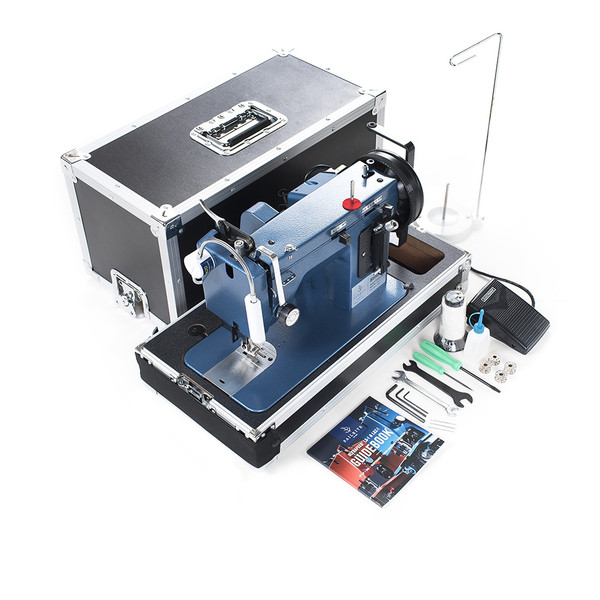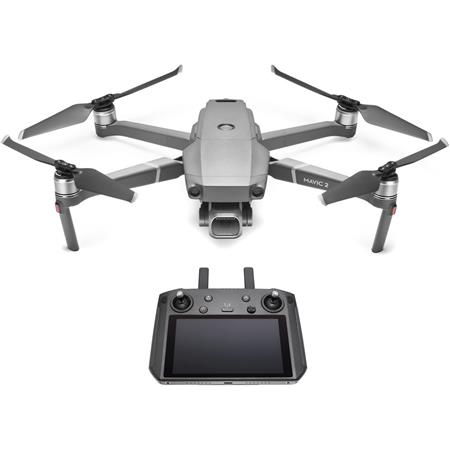Stuff We Like…
Sailrite Ultrafeed Sewing Machine

With all of the canvas and sail cloth onboard I wanted to 1) learn to make needed repairs on any of those items and 2) have the equipment and supplies on hand to make those repairs when necessary. The obvious choice was a Sailrite Ultrafeed Sewing Machine.
The Ultrafeed is nothing short of a beast; absolutely bombproof. The machine is powerful enough to punch through several layers of canvas, nylon webbing, or the thickest sailcloth.
We purchased the 110v version even though the boat has a 220v AC system, so this required a step-down transformer if we wanted to use the machine’s electric motor. We also added a hand crank that allows function sans electricity.
Sailrite has endless video tutorials on pretty much any sailing related topic imaginable. We spent an entire winter stepping through the videos and making selected items in order to become familiar with the machine’s operations and learning the basic skills that are required to sew with some modicum of proficiency.
—————————————–
DJI Mavic Pro Drone

We purchased a Mavic Pro last year with the intent of shooting aerial footage of Tortuga underway. Sadly, we became overcome by events and never really got around to launching the drone, partly because I hadn’t sorted out how we were going to recover the drone from a moving or rolling sailboat. With outer and inner stays, duel backstays, and a whirling wind generator Tortuga has plenty of obstacles that can challenge a successful recovery of a drone. Mistakes can be costly.
I purchased not just the basic drone and controller but also four extra batteries, some ND filters, and a Lowepro backpack that allows everything to be stored and transported with relative ease.
The drone is pretty simple to fly in its most basic modes. The learning curve is comprised of not only flying the drone but also shooting video. A bit of practice this Spring and we should have some really great shots to share on the site.
————————————
Inflatable Stand-Up Paddle Board (SUP)
Red Paddle Company
10’8” MSL

I have a love-hate relationship with SUPs. When I first experimented with one, I was passionate, enthusiastic, and highly motivated, until I fell off, and fell off….and fell-off. My desire to entire the SUP adventure world drowned right there in the serene waters of Lake Michigan.
Two years later I decided that instead of launching the dingy all the time that an SUP might be a good solution for short trips ashore or getting a quick workout while exploring the surrounding waters.
Research led me to the Red Paddle Company, and it’s 10’8” inflatable model, coupled with a 3-section paddle. Everything, including a beefy pump, fit into a large backpack-style bag, and can easily be stored in the sail locker or tech room when not immediately needed.
All-in-all we have been thrilled with the SUP. Inflating it, out of the bag, with the pump is an arduous workout in itself, so I can see why an electric pump would be highly desirable. We normally inflate it at the beginning of the season and top it off up to pressure from time-to-time.
Last year we mounted the inflated SUP onboard of the aft, port lifelines in a purpose-build bracket. What we found was that in doing so it limited our access to the port transom cleat when we needed to tie up. Also, the bracket, which is mounted to the stanchions, stuck out 2-feet, so getting into and out of a tight slip with pilings…the bracket is going to be the first thing to go if we made a mistake.
This season, we’ll mount the SUP inboard along the starboard lifelines. This way it will not increase our beam, and we can adjust it forward and aft to a point that will not impeded other boat operations.